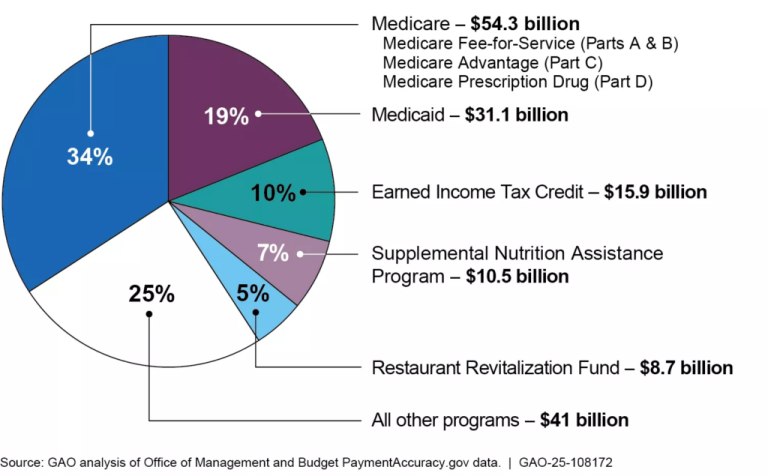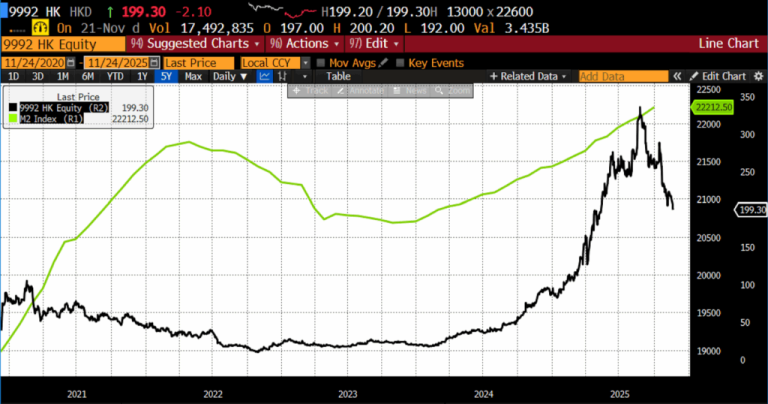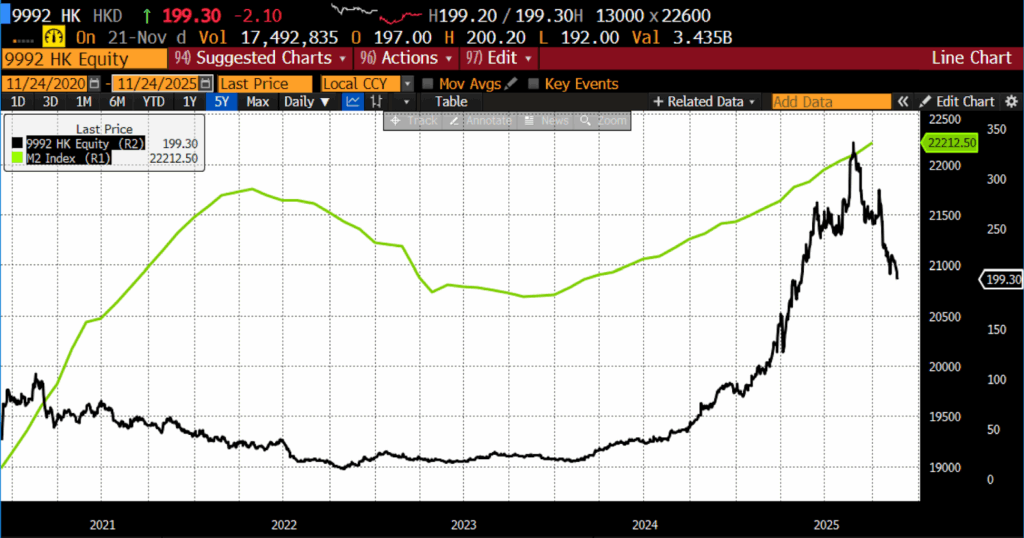“The fraud scandal that rattled Minnesota was staggering in its scale and brazenness,” The New York Times reported in a bombshell article on November 30.
“Over the last five years, law enforcement officials say, fraud took root in pockets of Minnesota’s Somali diaspora as scores of individuals made small fortunes by setting up companies that billed state agencies for millions of dollars’ worth of social services that were never provided,” The Times reports. “Federal prosecutors say that 59 people have been convicted in those schemes so far, and that more than $1 billion in taxpayers’ money has been stolen in three plots they are investigating.”
Most notably, a tax-funded “nonprofit” called “Feeding Our Future” claimed to have fed tens of thousands of children, but really spent the money on fancy cars, houses, and foreign real estate investments for themselves, according to federal prosecutors.
As a Minnesota Star Tribune article outlines, red flags began to appear as early as 2018. When concerns about a forged signature were brought to a Minnesota Department of Education (MDE) official overseeing the food program, she said in an email that, “Unless there is a conviction for any business-related offense, or the organization is no longer in good standing with the IRS, I prefer not to be kept informed of developments related to the dispute.”
In 2021, after years of suspicious evidence had piled up, such as falsified documents and many reports that reimbursements had been made for meals that were never served, the MDE sought permission from a District Judge to withhold reimbursement claims from Feeding Our Future. But the MDE had forfeited its powers to obtain financial documents and elected not to request a civil investigation, so the Judge rejected the effort to withhold funds.
The fraudsters only began to be prosecuted after officials had dragged their feet, waiving their power to pull the relevant bank records, delaying executing search warrants for 9-10 months, delaying issuing indictments for 17 months, and waiting to launch an investigation until after Feeding Our Future had already ceased operations in 2022.
This was not just a freak occurrence, but part of a widespread norm of defrauding social programs in the United States. During the COVID-19 pandemic, as The New York Times article notes, “…Americans stole tens of billions through unemployment benefits, business loans and other forms of aid, according to federal auditors.” Overall, the US Government Accountability Office (GAO) has found that the federal government loses between $233 billion and $521 billion to fraud every year, and far more to improper payments generally.
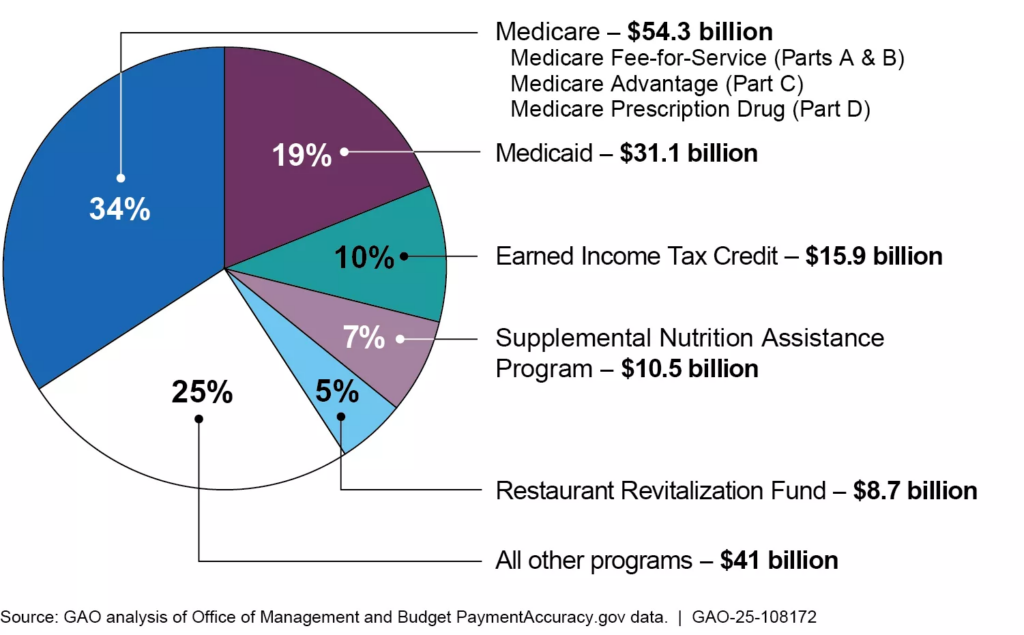
“Additionally, federal improper payment estimates have totaled about $2.8 trillion since FY 2003 — and the actual amount may be significantly higher because this is based on a small number of programs that report these numbers,” the GAO states. While the real amount of fraud is likewise probably far higher than the known amount, even those incidents that are discovered and “corrected” are hugely costly to taxpayers because of the high costs of investigating and prosecuting the incidents.
How are these fraudsters allowed to get away with so much for so long? The truth is, unlike spenders in the private sector, bureaucrats administering tax dollars are often not incentivized to care whether the money they send out is used well or not.
As the Nobel Prize-winning economist Milton Friedman famously explained, “Nobody spends somebody else’s money as carefully as he spends his own. Nobody uses somebody else’s resources as carefully as he uses his own. So if you want efficiency and effectiveness, if you want knowledge to be properly utilized, you have to do it through the means of private property.”
The Minnesota fraud cases are a good illustration of Friedman’s insight. The government bureaucrats who kept sending hundreds of millions of dollars to the fraudsters year after year had every indication of what they were enabling, but their incentives were to enable rather than prevent the theft.
The Times reports that, “Mr. Pacyga, who also has represented other defendants in the fraud cases, said that some involved became convinced that state agencies were tolerating, if not tacitly allowing, the fraud.” The article quotes him as saying, “No one was doing anything about the red flags. It was like someone was stealing money from the cookie jar and they kept refilling it.” The Times explains that, “Red flags in the meals program surfaced in the early months of the pandemic, but the money kept flowing.”
So, if the bureaucrats entrusted with Americans’ tax dollars were not motivated to prevent welfare abuses, what was motivating them?
The Times explains that, “In 2020, Minnesota Department of Education officials who administered the program became overwhelmed by the number of applicants seeking to register new feeding sites and began raising questions about the plausibility of some invoices.” But Feeding Our Future responded to the questioning with an ominous warning. If the state agency stopped approving the applications from the “minority-owned businesses,” the fraudsters threatened, the response would be lawsuits and news releases based on accusations of racism.
Consequently, as The Times explains, “A report by Minnesota’s nonpartisan Office of the Legislative Auditor about the lapses that enabled the meals fraud later found that the threat of litigation and of negative press affected how state officials used their regulatory power.”
The Times also notes that “’There is a perception that forcefully tackling this issue might cause political backlash among the Somali community, which is a core voting bloc’ for Democrats, said Mr. Magan, who is among the few prominent figures in the Somali community to speak about the fraud.”
While the bureaucrats may not have liked to waste tax dollars, at the end of the day it was not their money that was being lost. Their immediate self-interest likely pushed them at least as strongly in the direction of protecting themselves against accusations of racism and protecting their political careers against the ire of a major voting constituency.
They did eventually get around to intervening in the fraud scheme, but not with anywhere near the urgency or thoroughness with which private people tend to protect their own assets.
It is incentives such as these that make the common labeling of tax-funded government officials as “public servants” so ironic. Tax-funded officials receive money not because they produce a product that anybody wants to buy, but rather because their organization forces people to pay taxes. Therefore, instead of doing the hard work of producing valuable products and stewarding funds responsibly, they tend to win votes from one constituency by explicitly or implicitly promising benefits funded by some other group of unwilling taxpayers.
Conversely, it is people who operate in the private sector who generally must produce valuable products to get a paycheck. They have to earn and steward funding from voluntary customers instead of relying on the coercive expropriation of tax dollars.
This is among the reasons why, as Jon Moynihan shows in his book Return to Growth, economic growth rates are generally higher in countries where government spending is a smaller share of the economy. When more of an economy’s spending is done in the private sector, you see more creation of actual value, rather than mere shuffling of pre-existing wealth through government favors and benefits.
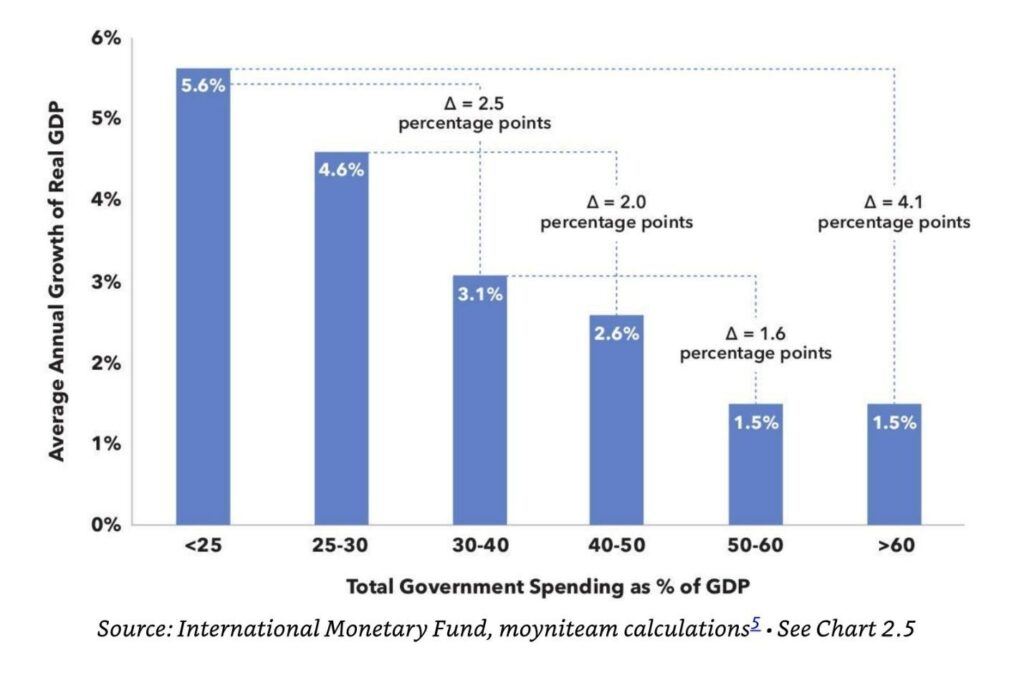
Over time, these higher growth rates enabled by the private sector’s superior financial stewardship makes a huge difference in people’s lives, bringing people out of poverty in positive-sum ways that are more sustainable and robust than any government spending programs ever have. I have made this argument and filled in more details of it in previous articles.
Minnesota’s recent fraud scandal appears to be opening some people’s eyes to this. “The episode has raised broader questions for some residents about the sustainability of Minnesota’s Scandinavian-modeled system of robust safety net programs bankrolled by high taxes,” The Times notes.
Let the statists and their criminal beneficiaries in Minnesota be an enduring lesson for those interested in higher growth rates and the uniquely sustainable long-term positive-sum alleviation of poverty that results from them.

